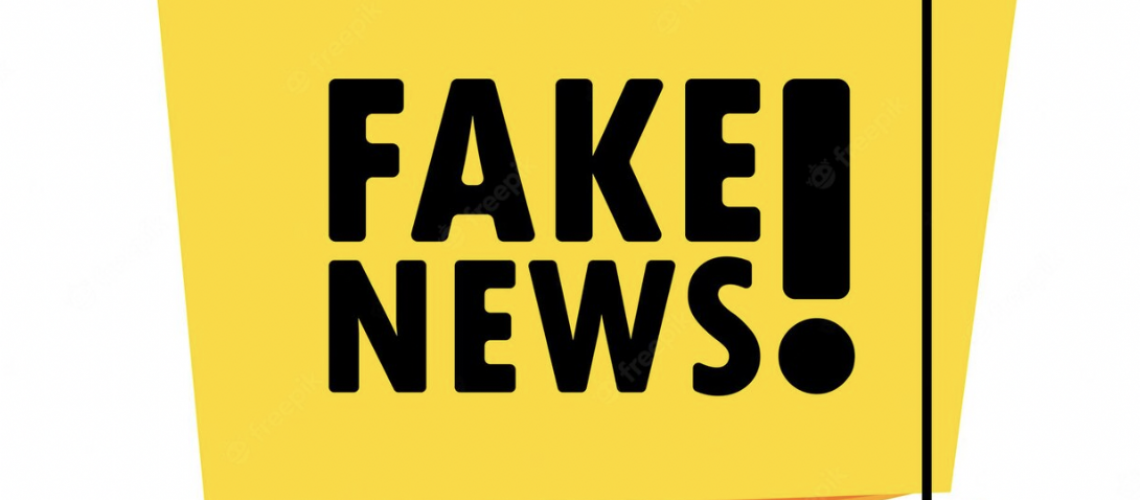Our civilisation is built upon our ability to distinguish facts from fiction. What would happen to our communities, our businesses, and our government if we couldn’t trust what we read, heard, or saw? Right now, we are in a time where sensationalism is rewarded because it attracts attention, it manipulates beliefs and drives people to act
News consumption patterns have changed and hate-mongering is spreading online, which is adding fuel to the fire, especially with the online flaming happening because of two rival political groups. This we have seen during the American and Indian elections.
Enterprise companies are writing and creating blatantly false content and putting it on the internet with the objective of generating traffic and advertising revenue, and unfortunately, most of the messages or posts aren’t debunked by main stream fact checkers.
Fact and fiction can be easily compared to truth and imagination. Facts are theories that can be proven in real life, or a piece of information about an existing situation, or, to put it another way, information that is verified to be true or has actually occurred. Fiction is the creation of imaginary things that cannot be verified or proven to exist. Fiction can be customised according to our preferences.
What can a fake news do to us:
Spreading Information that is false, and the person who is disseminating it knows it is false. It is deliberate and intentional and it has broadly Four objectives (1) Social Engineering Crimes – For Stealing Money. (2) Revenge / Defamation. (3) Generating traffic for advertisement revenue. (4) Political propaganda for getting to power.
Here is an example on how a simple video on social media rumours have led to brutal murders (a) An young engineer working in Accenture was driving through a village along with his friends he was pulled out beaten up by the mob on the suspicion of being a child kidnapers. (b) In Assam two youngster driving in an SUV were similar being out after being stopped and killed by a mob in a village on the suspicion of being a child kidnapers.
There are millions of other real sounding messages (a) Wonder cure for cancers. (b) Fake news about banks – What if you are retired person having all your savings in that bank. (c) Communally Sensitive Fake News – Aimed at creating violence in societies (d) Combiflam Kills – Medicine that kills lives (e) Plastics and Potato Chips that catch fire.
Filtering news when we read:
- You must Consider the Source.
- Check Website URL and its Legitimacy
- Check Author’s Credibility.
- Read beyond the headline, meaning read the entire article to understand the viewpoint and tone of the message or article.
- Disregard Your bias: Many people watch news or stories that confirm their own beliefs or biases.
- Take a second opinion and alternatively do a fact check from Fact Checkers of IFCN Network.
Fact check before sending:
- Do a google reverse image check https://images.google.com or use www.tineye.com for photo verification
- For video verification you may use YouTube Data viewer, https://citizenevidence.amnestyusa.org
- Download the InVid browser extension, http://www.invid-project.eu/toolsand-services/invid-verification-plugin
Reporting fake information to social platforms:
Please find below the links to report fake news on various Social Platforms , If the gravity of the situation is much higher, then you should report on national cybercrime portal, https://www.cybercrime.gov.in or alternatively visit the nearest Cyber Crime Police Station for quicker results.
- Facebook – https://www.facebook.com/help/572838089565953
- WhatsApp – https://faq.whatsapp.com/general/security-and-privacy/staying-safe-on-whatsapp/
- YouTube – https://support.google.com/youtube/answer/2802027
- Twitter – https://help.twitter.com/en/safety-and-security/report-a-tweet
- Instagram – https://help.instagram.com/1735798276553028
- LinkedIn – https://www.linkedin.com/help/linkedin/answer/37822/recognizing-and-reporting-spam-inappropriate-and-abusive-conten
Conclusion:
We all understand that fictional / fake news are harmful to the world and therefore we should be focussing on preventing harm altogether or its time to create warning labels for the readers the sooner the better, Just as nutrition labels help to protect consumers against bad or dangerous ingredients !



